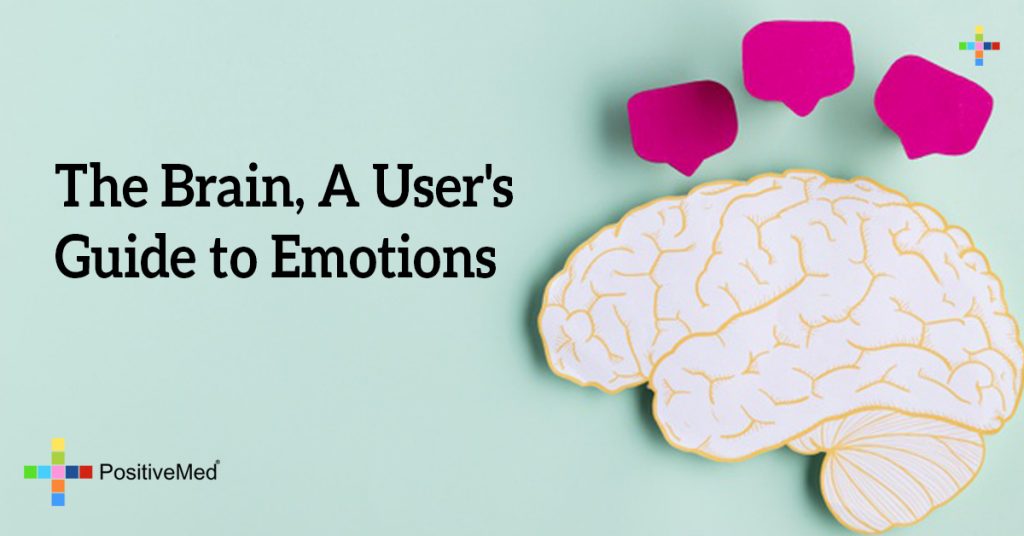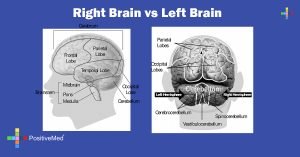
Did you know that Fusiform is the name given to the part of the brain that conveys the ability to recognize faces? This and more interesting parts and facts about the brain is what this infographic will teach us, also how to watch and learn the body language of others and how to react to others peoples reactions.
The brain is a big organ that controls our whole entire body, part of its anatomy: frontal and temporal lobe, prefrontal cortex, cerebrum, right hemisphere and limbic system. After understanding some of the brain’s anatomy we learn here that the limbic system is what makes us recognize and control the body’s reactions to emotions.
Furthermore, here you can read more about how these parts of the brain are involved in processing these emotions and other aspects of our daily basis. Such as our environment and the people around us.
As well it will help us understand more about how six emotional dimensions that shape our lives work, some of these dimensions are: Resilience, Outlook, social interactions, self awareness, sensitivity to context ability that regulates responses based on given situations and also the interpretation of social cues this meaning the attention and the ability to focus.
Here you will get answers and comprehend where the emotions in the brain and the connection between instinct, emotion and intellect take part.







